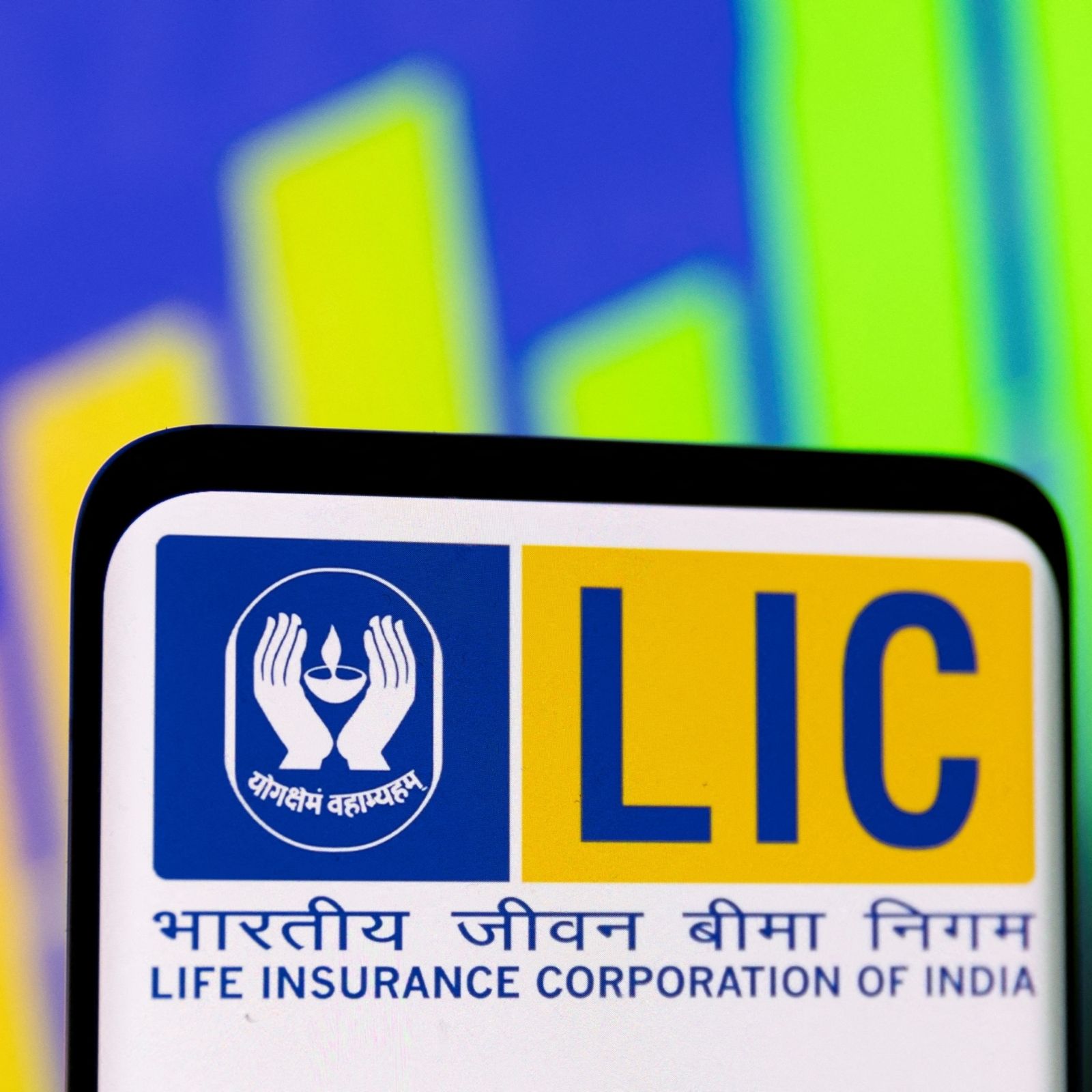Imagine a behemoth in the world of insurance, providing financial security to millions of Indians, dominating the market with a staggering 70% share, and managing assets equivalent to 15% of India’s GDP. This powerhouse is none other than the Life Insurance Corporation of India (LIC), a titan that has left an indelible mark on India’s insurance landscape. In this journey through time, we’ll unravel the fascinating history behind LIC’s formation, the nationalization of the insurance sector, its phenomenal growth, and its current standing in the Indian insurance arena.
The Genesis of LIC
The LIC saga began in 1956, a pivotal year that witnessed the nationalization of 245 private life insurance companies and provident societies to give birth to LIC. But let’s rewind a bit to understand why this transformation was necessary.
The Pre-Independence Scene
The roots of life insurance in India trace back to 1818 when the Oriental Life Insurance Company was established by Europeans in Kolkata. By 1912, a staggering 170 life insurance companies were operating in India. However, most of these were small private firms prone to failure. Insurance, at that time, was seen primarily as a tax-saving investment opportunity rather than a means of risk coverage.
The Post-Independence Transition
With independence came a shift in perspective. The socialist ideals of Jawaharlal Nehru’s government elevated the importance of life insurance. The Life Insurance Act was enacted in 1956 to regulate the sector, which was then populated by 154 Indian insurance companies, 16 non-Indian companies, and 75 provident fund societies.
The Nationalization Imperative
Nationalization was deemed necessary for several reasons:
- Combatting Fraudulent Practices: Some private insurers were involved in fraudulent practices.
- Extending Insurance Reach: There was an urgent need to provide adequate insurance coverage in rural areas.
- Balancing Urban Concentration: Business was concentrated primarily in urban areas.
- Strengthening Financial Foundations: Most insurers were in a weak financial position.
- Promoting Innovation: There was a lack of product innovation in the sector.
To address these challenges, the idea of establishing a robust corporation that could both democratize life insurance and regulate the sector emerged.
The LIC Act of 1956
The LIC Act of 1956 marked a watershed moment. It passed in Parliament, leading to the formation of the Life Insurance Corporation of India, which promptly absorbed all 154 Indian companies, 16 non-Indian insurers, and 75 provident societies into a single entity – LIC. The compensation paid to shareholders of these nationalized companies amounted to Rs. 98.35 crores, while LIC received an initial capital injection of Rs. 5 crores from the Government of India.
The Dawn of LIC
The 1956 LIC Act was transformative, merging all existing companies into a monolithic entity, the LIC, infused with a capital of Rs. 5 crores from the Government of India. Under the visionary leadership of its first Chairman, Mr. H.T. Parekh, LIC embarked on a mission: affordable, expansive life insurance for all Indians.
LIC’s Unprecedented Growth
From its modest beginnings, LIC’s growth trajectory is nothing short of stellar:
- 1959: Crossed the 1 lakh policies milestone.
- 1981: 1 crore lives assured mark was achieved.
- 2005: Total premium collection catapulted beyond Rs. 1 lakh crore.
- 2014: Assets soared past Rs. 20 lakh crore.
- 2021: With 29 crore policies, LIC boasts over Rs. 31 lakh crore in AUM.
Today, with 70% of the market share, 15 lakh agents, and a presence in every nook and cranny of India, LIC epitomizes trust, security, and excellence.
Inside LIC’s Insurance Vault
LIC’s portfolio is diverse and dynamic:
- Types of Policies: From term insurance plans like Jeevan Shiromani and Tech Term to endowment, money back, unit-linked plans, and specialized health and retirement offerings.
- Distribution Channels: A vast network of individual agents, bancassurance partnerships, and an increasing online presence.
- Service Excellence: Over 2000 satellite offices, dedicated call centers, and a robust digital platform.
Claiming Trust
For many, insurance is all about claims. LIC’s claim settlement process is designed for efficiency, resulting in an impressive 98.86% settlement ratio in 2019-20.
Innovating the LIC Way
Staying relevant is the key. LIC has continuously innovated, launching digital payment gateways, introducing Video Life Certificates for pensioners, leveraging satellite server technology, and enhancing its online portals.
LIC’s Bright Horizon
With a proposed IPO on the horizon, the future looks promising for LIC. It stands on the cusp of blending its legacy with modern technology, transparency, and efficiency. As India’s insurance market burgeons, LIC’s deep-rooted commitment ensures it remains the go-to choice for millions.
To conclude, LIC is more than an institution; it’s an integral part of India’s financial fabric. As it looks to the future, its past ensures it remains anchored in trust, growth, and innovation.

1 thought on “LIC – Insurance Giant of India”